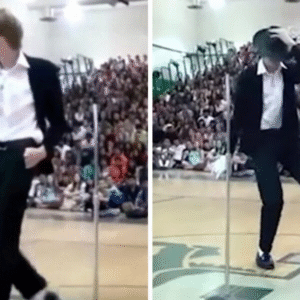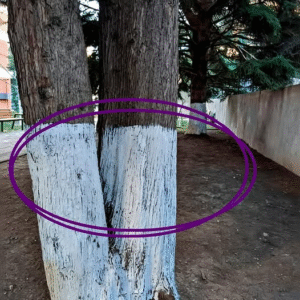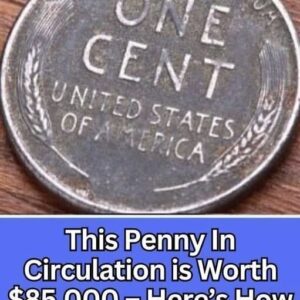At first glance, this puzzle seems easy enough. It is just a black and white drawing, right Nothing fancy. But look again. Hidden inside this clever illustration are four everyday objects so well disguised that most people scroll past them without even noticing.
Think you have what it takes to spot them all This visual brain teaser is more than just fun—it is a full-on test of your concentration, patience, and attention to detail.
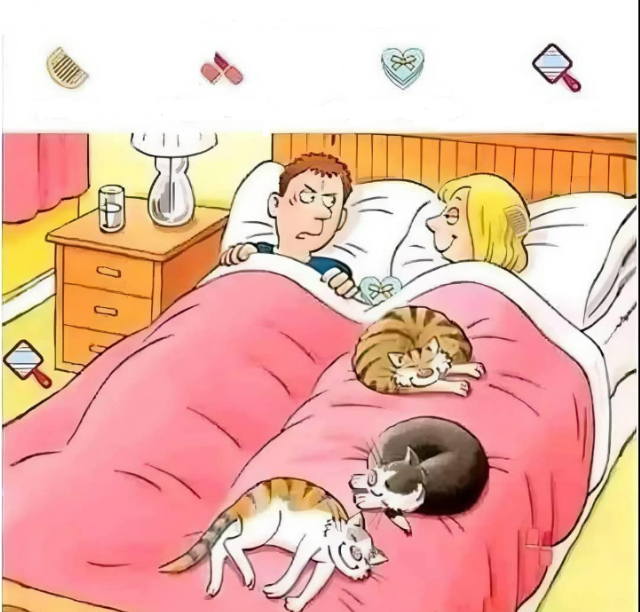
The Challenge Begins A Game of Visual Hide and Seek
Some puzzles rely on math. Others ask for logic. But this one is all about what you see—or more importantly, what you miss.
Your mission Find all four hidden items. They have been expertly blended into the artwork, making them nearly invisible unless you slow down and really pay attention.
Sound simple Trust us It is trickier than it looks.
Why This Puzzle Works So Well
This type of hidden object puzzle plays with visual perception. By using only black and white tones and carefully integrating lines and shadows, the artist forces your brain to second-guess what you are looking at.
The moment you shift your focus and zoom in on a specific detail, your brain starts connecting new shapes and patterns. Suddenly, a branch might become a spoon. A shadow could be the silhouette of a shoe.
That is the magic of negative space and optical trickery. Your brain has to work harder to separate what is part of the picture from what is intentionally hidden.
Tips to Spot the Hidden Items Faster
Still struggling Here are a few tricks that might help
- Scan the image in sections instead of trying to look at everything at once
- Rotate the image if possible—sometimes flipping it upside down helps you spot unusual shapes
- Look for outlines and curves that seem out of place with the rest of the drawing
- Step back from your screen—distance can sometimes reveal what closeness hides
And most importantly, be patient. The satisfaction of finally spotting a hidden item makes the effort totally worth it.
What Makes Hidden Object Puzzles So Addictive
Hidden object puzzles like this one tap into our natural curiosity. They are interactive, engaging, and mentally stimulating. Plus, they give us that little dopamine boost when we finally crack the code.
They also test skills we use every day but do not always think about
- Focus and concentration
- Pattern recognition
- Problem solving
- Spatial reasoning
You are not just passing time—you are training your brain.
Did You Find Them All Yet
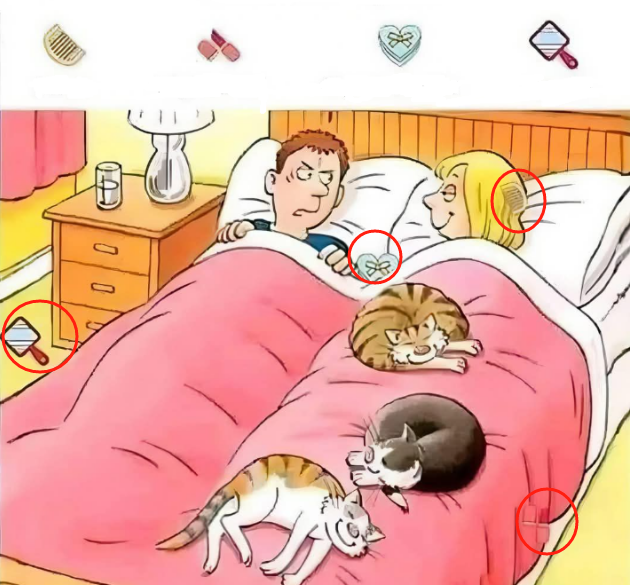
So how did you do Let’s measure your visual detective skills
- Under 30 seconds You have eagle vision
- About a minute Solid focus and strong pattern recognition
- Still searching Hang in there You are getting closer with every glance
Want a hint Try focusing on areas that seem too busy or overly detailed—those are usually where the designer hides the surprises.
The Answer Is Hidden But Not Impossible
We will not spoil the fun here, but once you find all four hidden items, take a moment to appreciate the craftsmanship. This puzzle is not just a random doodle. It is a smartly built exercise in patience, perception, and creativity.
And the best part It is totally repeatable. Try sharing it with friends and family. Watch how each person sees the image differently. Some will find items instantly. Others might stare in frustration. Either way, it sparks conversation, laughter, and maybe even a little friendly competition.
Conclusion Simple Image Big Challenge Lasting Fun
The next time someone tells you puzzles are just for kids, show them this hidden object test. Behind a simple black-and-white drawing is a surprisingly powerful brain workout.
This challenge proves that you do not need flashy graphics or complicated rules to make your mind work. Sometimes, all it takes is a sharp eye, a bit of patience, and a quiet picture with secrets tucked inside.
So go ahead. Take one more look. Can you really find all four hidden items before time runs out.

